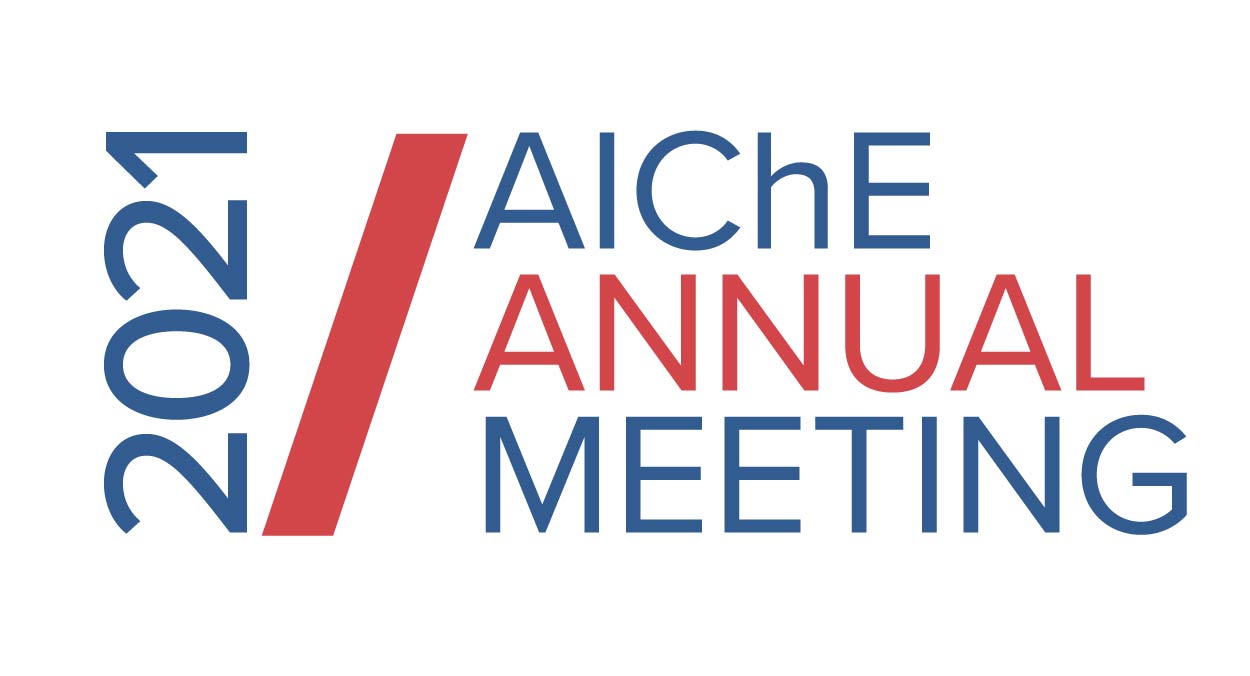

The ability of bacteria to colonize and grow on different surfaces is an essential process for biofilm development and depends on complex biomechanical interactions between the biofilm and the underlying substrate. Changes in the physical properties of the underlying substrate are known to alter biofilm expansion, but the mechanisms by which biofilms sense and respond to physical features of their environment are still poorly understood. Here, we report the use of synthetic polyacrylamide hydrogels with tunable stiffness and controllable pore size to assess physical effects of the substrate on biofilm development. Using time lapse microscopy to track the growth of expanding Serratia marcescens colonies, we find that biofilm colony growth can increase with increasing substrate stiffness on purely elastic substrates, unlike what is found on traditional agar substrates. Using traction force microscopy, we find that biofilms exert transient stresses correlated over length scales much larger than a single bacterium. Our results are consistent with a model of biofilm development in which the interplay between osmotic pressure arising from the biofilm and the poroelastic response of the underlying substrate controls biofilm growth and morphology.
Presenter(s)
Once the content has been viewed and you have attested to it, you will be able to download and print a certificate for PDH credits.
If you have already viewed this content,
please click here
to login.
